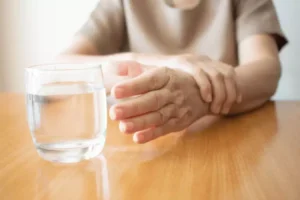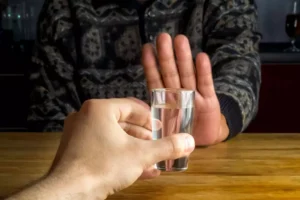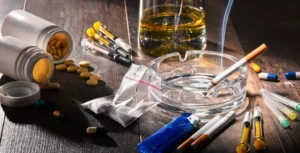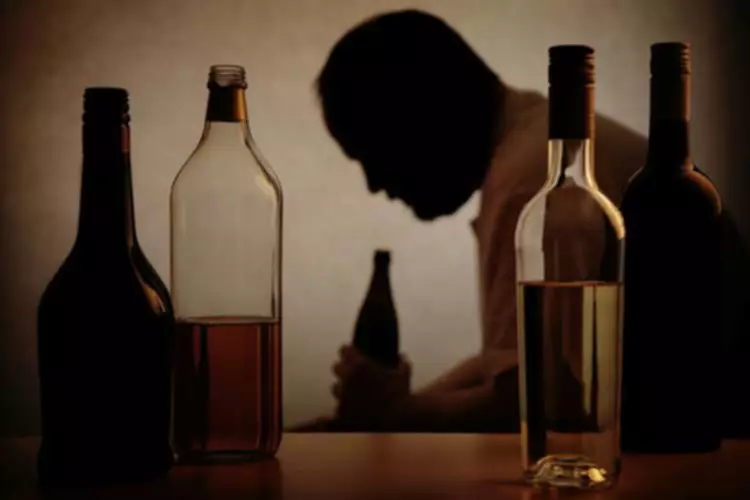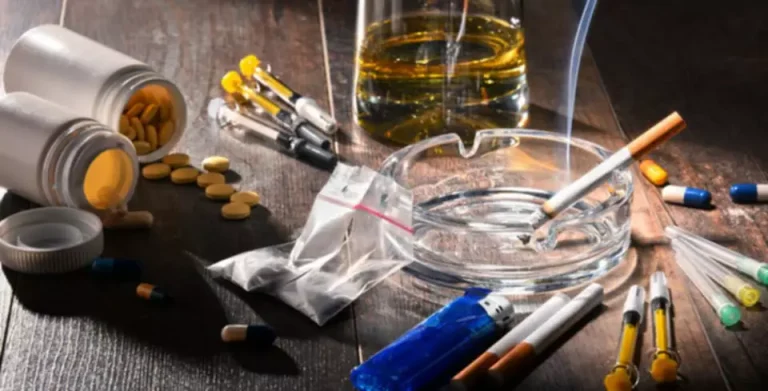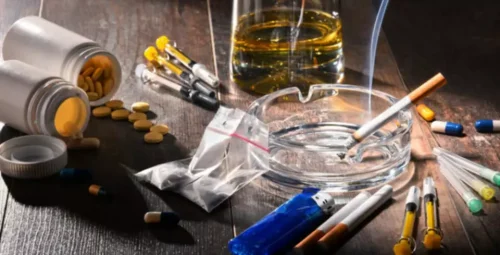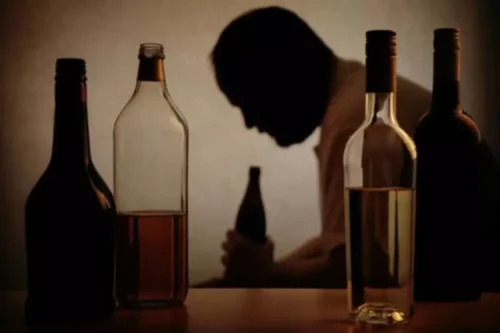What It Feels Like Being Drunk, According To A Person Who Has Never Been Drunk

No amount of alcohol is safe from a health standpoint, but the social and mood benefits may outweigh the risks as long as you’re careful, limit the amount and frequency of drinking, and understand the pitfalls. According to the NIH, over a quarter of adults in the U.S. engage in unsafe drinking habits. Another bad sign is if you repeatedly fail at attempts to moderate. Im writing this while im drunk lol, and i know it’s not healthy, but i love being drunk.

What does it feel like to be drunk? What you need to know
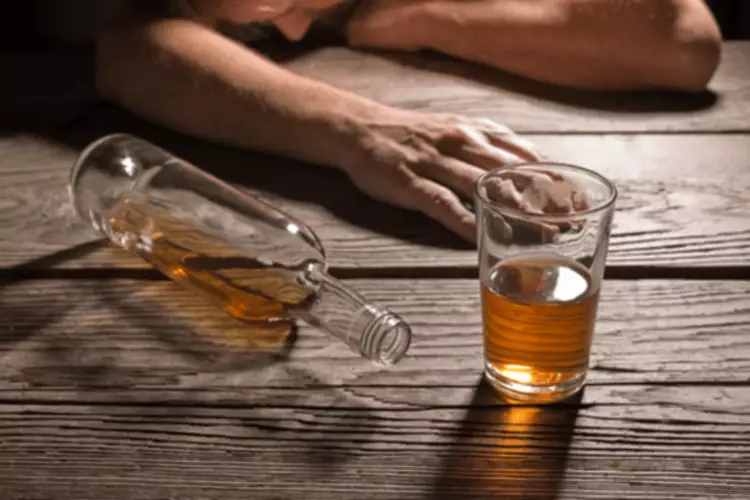
Heavy drinkers can function with higher amounts of alcohol in their bodies than those who don’t drink as often, but this doesn’t mean they’re not drunk. Sure, when inebriated, they’re capable of out-extroverting most extroverts. But their “genuine” show of wild drunken emotional abandonment remains contrary to their day-to-day personality. In fact, once they sober up, there will be no carry-over from what in an altered state of consciousness they so boldly put on display. To be fair, consuming alcohol, especially in social settings, is often beneficial. It can’t be overemphasized that this chemical explanation doesn’t imply that such negative thoughts and feelings didn’t already exist within you, but simply that you knew better than to give voice to them.
Why does alcohol make some people more violent?
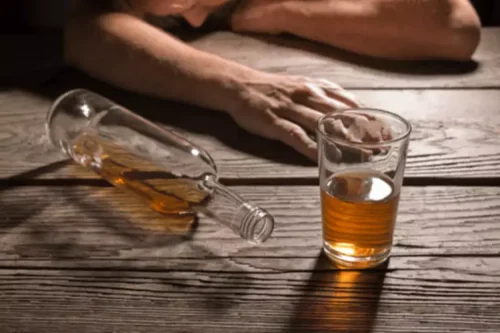
And that’s particularly true if certain wayward impulses you harbor are anti-social, illegal, or downright criminal. Beyond simply drinking to https://ecosoberhouse.com/ socialize, there are two types of adolescents and young adults with a particular risky combination of personality and drinking motive preference. In the last couple of years, programs like Hello Sunday Morning have been encouraging people to take a break from drinking. And by making this more socially acceptable, they may also be decreasing the negative feedback some people receive for not drinking, although this is a theory that needs testing.

Please fill out the form below and our Sales and Events Manager will contact you shortly.
Keep in mind that it isn’t just the number of drinks you have, but also the type, since some bevvies have higher alcohol content than others. I love the idea of a drink at the end of a long day, too. There are few if any persons for whom you feel just one unadulterated emotion. It is usually a mix and some components outweigh others.
That doesn’t mean people who drink for fun aren’t at risk of developing problems.
- A person will enter the euphoric stage of intoxication after consuming 2 to 3 drinks as a man or 1 to 2 drinks as a woman, in an hour.
- But although under the influence you may well act differently, that in itself doesn’t mean that drinking reveals—or can reveal—who you actually are.
- When you’re sober then, you conceal the smaller ones because in essence those are not representative as a whole about how you feel about them.
- BTW, tolerance often goes hand-in-hand with dependence, which is one of the stages of alcohol misuse.
- I’d wake up each morning and hang my head between my knees while I sat on the toilet, wondering why I even existed, and what the point was of facing another day.
Or if you regularly saw your parents sitting around on a Sunday afternoon with their friends and a few beers, you might expect beer to make you more sociable. Kids as young as six have been found to have expectancies about alcohol, well before any experience of drinking. Having food in your stomach slows absorption, while drinking on an empty stomach has the opposite effect.
Enter a 6-digit backup code

Here are the results of our very thorough investigation. „The pre-frontal cortex is very important in turning working memory — short-term memory — into long-term memory,” Dr Bright said. „Often people will go out for a night out with a planned amount and because of the nature of alcohol they might consume more than originally planned.” It first required understanding of how alcohol inhibits the functioning of the central nervous system, essentially the brain and spinal cord, he said. It starts with feeling chirpy, progresses into extravagant abandon, and then suddenly a candid video involving a couch, rebuffed sexual attempts and a golden brown dog emerge on social media. I had what is referred to as a „high bottom” in the sense that I never lost a job due to my drinking, never ended up in a hospital or rehab, never became homeless or went to jail.
The more alcohol you drink, the stronger the effects of alcohol on the body. “Medical attention should be sought during prolonged periods of vomiting because that can result in dangerous electrolyte abnormalities and severe dehydration. You should also seek help if i like being drunk there are signs of alcohol poisoning; symptoms include decreased or irregular breathing, decreased heart rate, decreased body temperature, stupor, or seizures,” recommends Dr. Krel. You may notice an inebriated person stumbling, or having difficulty walking straight – this is because the part of your brain that controls coordination, the cerebellum, is very sensitive to alcohol. The reticular activating system is an area in the brainstem that controls consciousness, alcohol can dampen this system. The initial euphoric effects of alcohol are a result of dopamine being released from the reward center in the brain.
It all comes down to your blood alcohol concentration (BAC). But even if drinking with friends brings you happiness and joy, this comes at a price. The more you enjoy it, the higher your risk of slipping into alcoholism, and ultimately worsening your overall mood. Drinking in a social setting can increase feelings of closeness and positivity, as mentioned above. However, when drinking alone, the euphoria is more muted, or absent drug addiction altogether.





